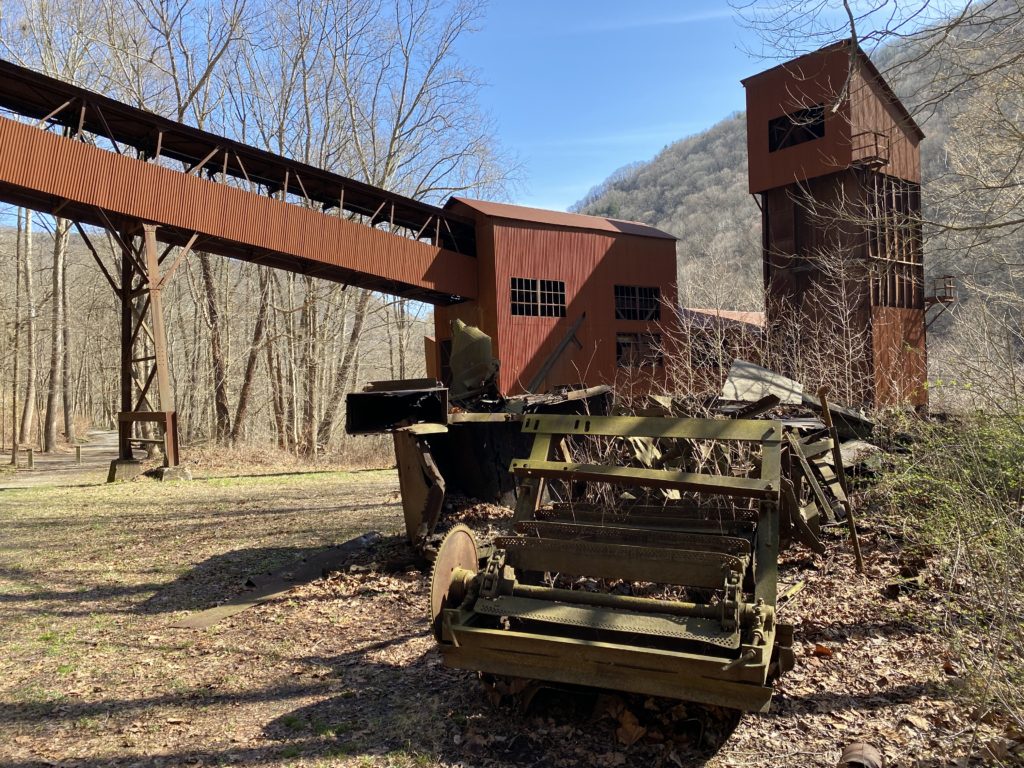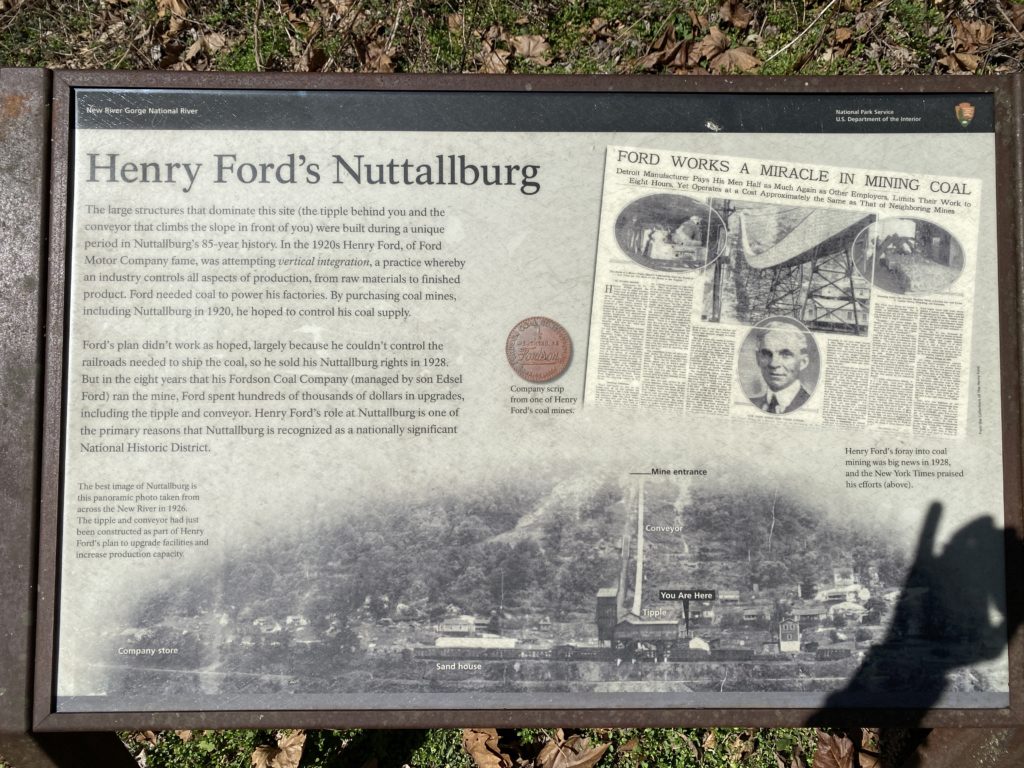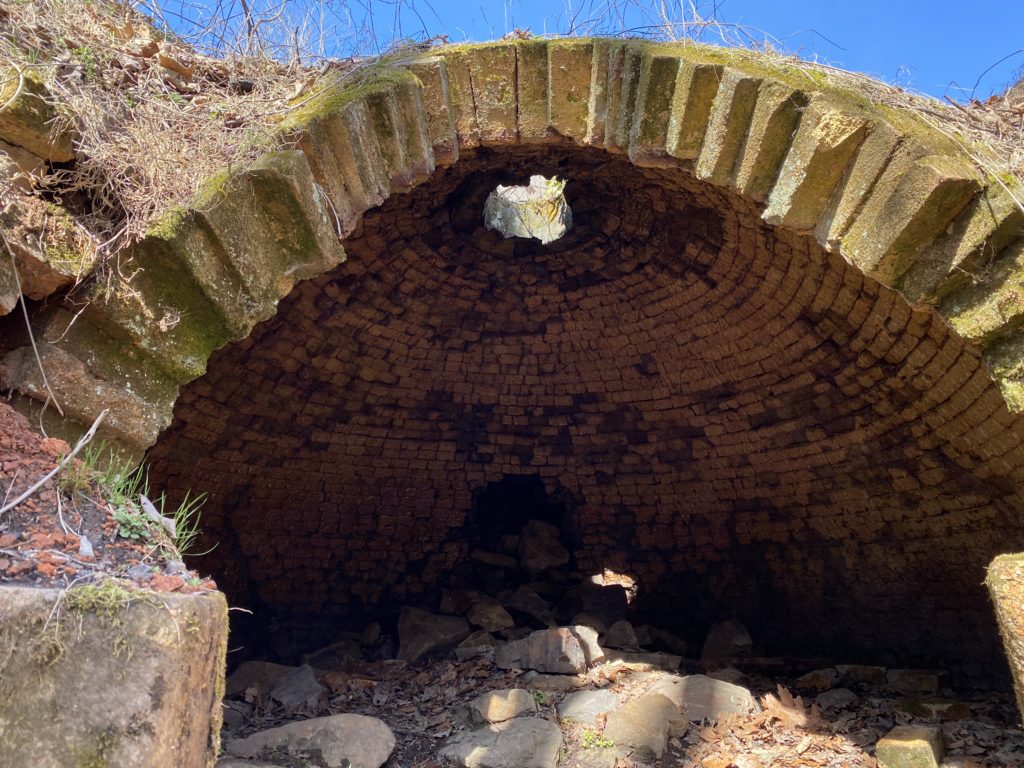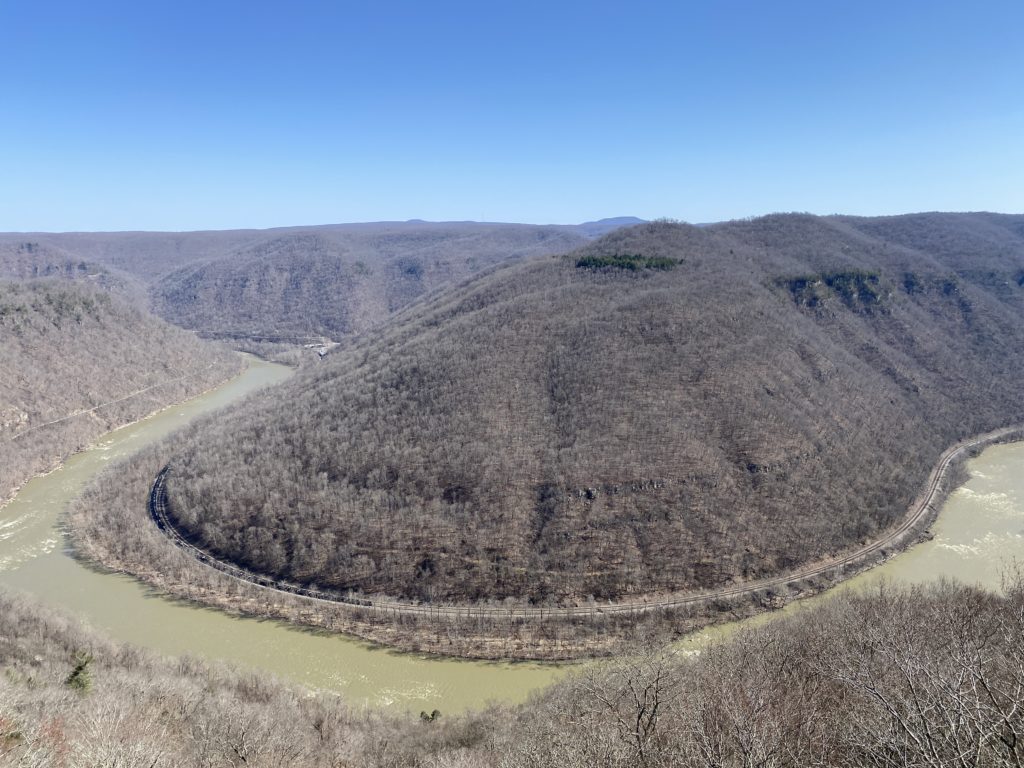The last movie I saw in a theatre, before the pandemic shut everything down, was a 4K restoration of the 1987 film Matewan at the Carnegie Science Center’s IMAX theatre. It’s a film about union labor organizing in a West Virginia coal mining town, and the violent struggle between the company and workers. It stars Will Oldham, one of my favorite musicians, in his first cinematic role. Both the director and Oldham were in person for the screening and held a Q+A after the film.
Although Matewan is a real place, the film was shot about a 100 miles northeast in the abandoned town of Thurmond, West Virginia. Both towns were built along the railroad, with the tracks in Thurmond acting as a “main street” for its commercial strip. Until 1921 those tracks were the only way to access the town, which served as a thriving hub for the local coal mining community along the New River. Thurmond’s peak was in 1910, when it supported multiple hotels, banks, and even a movie theatre. Over 75,000 people passed through the Thurmond depot that year.
A few weeks ago we visited the New River Gorge National Park, which Thurmond now sits within. After winding deep within the gorge you enter the town by crossing a one-lane railroad bridge, near a dramatic bend in the New River, to discover what is effectively a ghost town.




Thurmond is just one of the numerous coal mining heritage sites in the New River Gorge region. Down the river from Thurmond is an even more remote town called Nuttalburg, which has largely disappeared except for its restored coal tipple with a dramatic conveyor stretching from the hill top to the river. The buildings are nothing but scattered foundations, a dramatic reminder of how quickly a place can fade from memory, given that the Nuttalburg mine was active up until 1958.



Living in Pittsburgh, in a house built in 1890, makes the relative time periods of these abandoned coal mining towns feel somehow closer. We couldn’t help but compare the fortunes of our neighborhood and city with those of Nuttalburg and other still existing, but struggling, towns in the area. It’s dramatic when an industry ends, and in places like southern West Virginia coal mining was everything. It makes me want to learn more, to add more tangible history to my understanding of these places.
On a related note, I highly recommend the New River George National Park for it’s wonderful hikes and views. It makes for a nice mix, and we enjoyed pairing our hikes with visits to these historical mining towns.


